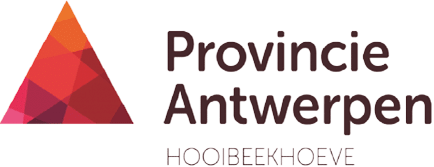In recent years, PVL has been making additional efforts on research, projects and knowledge moments in the context of tuber cyperus spread and control. Recently, these efforts translated into an important partnership within the newly approved VLAIO project on this weed. A VLAIO project is a very large scaled-up project and is currently the largest tuber cyperus research project in the Benelux. Besides PVL, Hooibeekhoeve, Boerenbond, HoGent, UGent and Inagro play a very large role. Over the next 4 years, the largest Flemish research parties will join forces.
The main objective of this project is to acquire scientific knowledge on the prevention, spread and control of tuber cyperus. Through well-founded research, the following topics will be further tested:
- Unlike previous projects, complete IPM cultivation systems are examined to establish beneficial or non-beneficial control methods, ranging from the crop, green manure, chemical or biological control method applied to the tillage machinery used.
- Under lab conditions, already germinating seeds developed, arising from both self-pollinated and cross-pollinated tubercyperus flowers. The extent to which this phenomenon takes place in practice will be investigated.
- The hatch around the prevention of tuber cyperus infection on an uncontaminated field will be intensively developed: studies around the quantification of spread through different machines within the same field and within different fields. Risk analyses of tuber and seed dispersal after digestion by animals (cattle, birds and pigs) will also be scientifically investigated. Several vitality studies of tubers and seeds after residence in the maize pit, slurry pit, manure heap, digester, compost heap and settling basin, among others, are on the research agenda.
- Innovative control techniques will be intensively tested for effectiveness on tuber cyperus. These techniques include new developments in the soil fumigation range and the electrophysical weeding phenomenon.
As mentioned earlier, tuber stock-reducing integrated systems are the focus. For the region Limburg-border region Wallonia-border region the Netherlands, we are looking for about 15 infested practice fields. These fields will be intensively monitored during the entire course of the project (end foreseen in 2024) for applied control strategies and tuber stock progress. By linking the evolution of the tuber stock over time to the integrated control systems implemented by the farmer, ranging from applied crops, applied machinery, implemented chemical and/or biological control techniques to applied green manures, the systems that are most successful in depleting the tuber stock in the soil can be identified.











